No, I meant to say power...the flower with power! The power to lure you closer for a look see; urging you to say out loud, "Wow! I love your purple coneflower!". Ooops, sorry I was getting a bit over dramatic, there. 
But indeed, purple coneflower (Echinacea purpurea) is an eye catcher, and on my scale of "easy-to-grow" perennials, purple cone flowers rate pretty high. They like full to part sun and a nice, well-drained soil. I really like the idea of working organic matter such as soil conditioner or even bagged top soil into the the area I'm planting purple coneflower to a depth of 12" (or more, if the soil is compacted). After they become established, purple cone flowers are pretty drought tolerant.
Once planted, dead heading the first batch of blooms, which first appear in mid-June to early July, will likely lead to some extra blooming later in the summer. If the situation is right, you'll find purple coneflower to reward you by spreading to form a nice colony of plants that will make a great show in your garden for years to come and also allow you to dig up some to move to another locale. By the way, purplecone flowers really attract butterflies!
Finally, extracts from Echinacea are said to provide valuable medicinal properties. All parts of the plant, including the roots, leaves, flowers, seeds, etc., have been used to treat a variety of ailments. It's a very popular plant amongst herbalists.
There are quite a few varieties of Echinacea purpurea that you may want to try:
'Magnus' purple cone flower (photo,right)
'Magnus' - 1998 Perennial Plant of the Year. Large, 6 inch rose-magenta flowers with petals that are more horizontal, rather than than the pendulous nature you see quite often in seedling purple coneflower.
'White Swan' - An Echinacea with white petals. I've found it just as easy to grow as the species and varieties such as Magnum.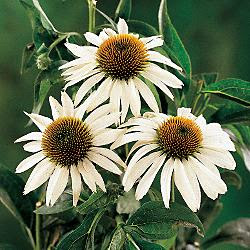
'White Swan' Coneflower (photo, right)
'Evan Saul' - A non-purple purple coneflower! This cone flower came from a nursery in Atlanta, GA, as a result of some cross pollination between E. purpurea and E. paradoxa. It is said to be a vigorous grower. I have not, as of yet, seen it available in our local nurseries.
'Evan Saul' Coneflower (photo, left)
Friday, June 20, 2008
Purple Cone Power!
Posted by
themanfromearth
at
7:05 AM
![]()
Labels: perennials
Subscribe to:
Post Comments (Atom)

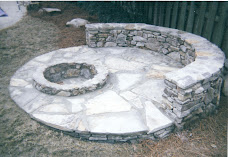






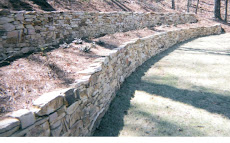





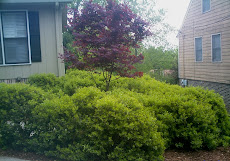
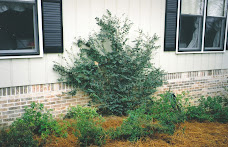
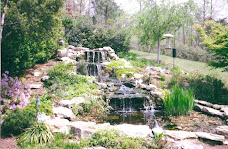
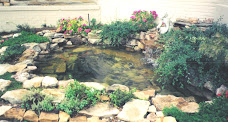




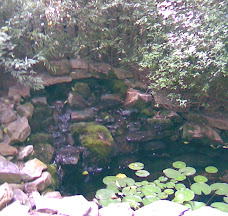






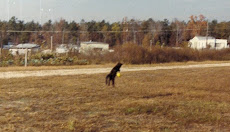
No comments:
Post a Comment